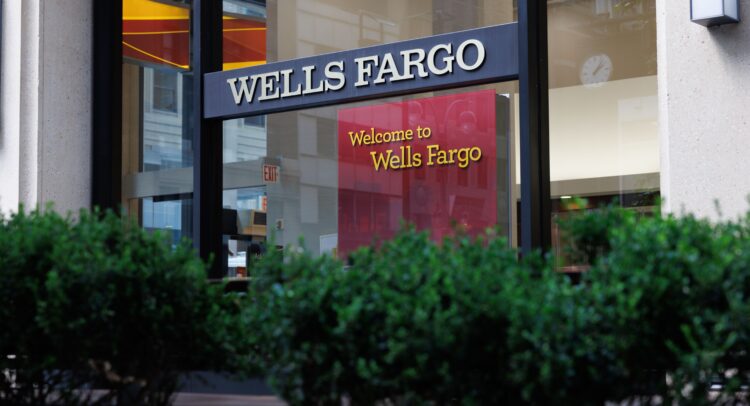While much of what we have heard out of unions these days focused on Boeing (BA), it turns out another union kerfuffle is brewing at banking giant Wells Fargo (WFC). With the union growing in scope and intensity, Wells Fargo may have a problem on its hands.
The bargaining is off to a contentious start as it is not quite clear just how far the scope of the bargaining actually goes. These are the first union negotiations Wells Fargo has ever engaged in, and right now, the union covers only 22 bank branches out of more than 5,000.
The negotiations are set to run over the course of three days and the talks themselves are being watched closely. If the talks go smoothly and produce solid results, then Wells Fargo may have a lot more unionization on its hands. Wells Fargo looks to have each branch negotiate on its own, while the union is looking to produce one central contract for every union member.
Real Estate Troubles
Separately, media reports show that Wells Fargo’s former office building on Market Street in Philadelphia is having serious issues. When Wells Fargo pulled out of the building it left with a major “anchor tenant” gone. Eight floors of office space were suddenly vacant, and the building’s occupancy plunged from 100% to 28%.
But Wells Fargo is putting that cash to use elsewhere as it has tripled its donations to “groups focused on influencing state elections.” State politics is becoming increasingly vital to businesses, and Wells Fargo is piling in as it seeks to sway election outcomes.
Is Coinbase Stock a Good Buy?
Turning to Wall Street, analysts have a Moderate Buy consensus rating on WFC stock based on seven Buys and seven Holds assigned in the past three months, as indicated by the graphic below. After a 56.54% rally in its share price over the past year, the average WFC price target of $63.56 per share implies 0.58% downside risk.

















